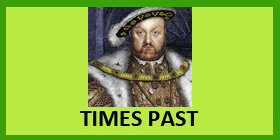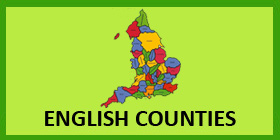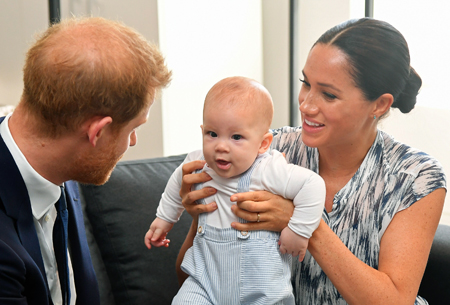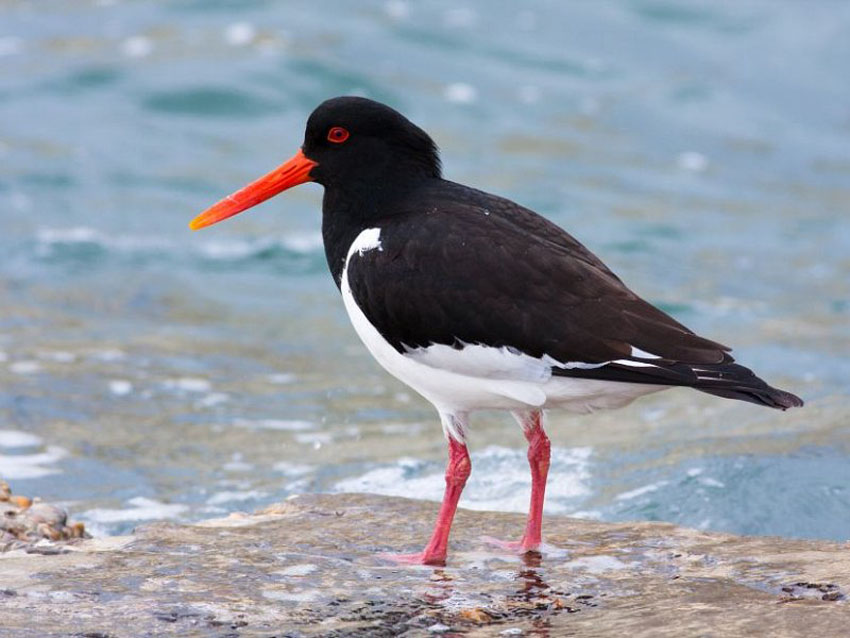




Back to the East Sussex Page

- The Royal Connection
- East Sussex Eats
- Owlbut's Birdwatch
- East Sussex VIPs
 England has 39 historic counties.
These were the ones in use in 1899. For our journey we are using the ones in use now. However for our royal connection we are combining the two Sussex counties,
west and east, into the old historic county of Sussex but only for the Royal Connection. In other words whether you are on this page or the other Sussex one, for
this section you will read the same story.
England has 39 historic counties.
These were the ones in use in 1899. For our journey we are using the ones in use now. However for our royal connection we are combining the two Sussex counties,
west and east, into the old historic county of Sussex but only for the Royal Connection. In other words whether you are on this page or the other Sussex one, for
this section you will read the same story.
This is because our royal connection is with the fact that Sussex has a dukedom. There is a Duke of Sussex. You probably know that Prince Harry and
his wife, Meghan, were created Duke and Duchess of Sussex on 19 May 2018, the date of their wedding. Their son, Archie Harrison Mountbatten-Windsor, who was born
on 6 May 2019, is the heir to the dukedom.
There was only one other Duke of Sussex and that was Prince Augustus Frederick, the sixth son of King George III. He was made Duke of Sussex on 24
November 1801. The title became extinct on his death in 1843. There are only 5 other counties who have a royal duke; Cornwall, Cambridge, York, Gloucestershire and Kent.
![]() Back to the top
Back to the top
Sussex Pond Pudding was first recorded
in a book of 1672 so it's been around a long time. As with many dishes from olden days there are considerable differences and arguments about the way to make
the pudding. It is generally agreed that this pudding is made of suet pastry filled with butter and sugar and then boiled for several hours. Modern versions
of the pudding have a whole lemon enclosed in the pastry, which sounds a bit interesting to me.
During the cooking process the filling ingredients create a thick sauce which runs out when the pudding is cut. This then forms a pool around the
plate, creating a "pond" around the edges of the pudding, hence pond pudding. If the plate you are serving on doesn't have a nice lip around the
edge you would probably create Sussex overflow pudding.
There are some variants which include apples as part of the filling and some which include currants. Presumably you could include both. Have fun.
![]() Back to the top
Back to the top
As far as the UK goes, the oystercatcher has been badly named because they seldom eat oysters. They will mainly eat cockles
and mussels and, if they are inland, they are happy just to eat worms. They can be found on almost all of England's coasts and some now breed inland. In winter birds
from Norway join our English birds. There are about 110,00 breeding pairs and some 340,000 birds wintering here.
Oystercatchers are hard to miss. They are large black and white birds with a long orange-red powerful beak and pinky red legs. They use the beak
to either prise open a mussel or smash through the shell of a cockle. In flight, they have an obvious white wing-stripe, a black tail and a white rump that
extends as a 'V' between the wings. You often hear them before you see them, thanks to their loud peeping call.
Oystercatchers are between 40 and 45 cms in length, have a wingspan of between 80 to 86 cms and weigh anywhere between 430 and 650 grams.

Seven random people who were born in East Sussex in the last 100 years:-
Holly Willoughby (TV Presenter), Teresa May (Politician), Alex Costello (Singer), Samantha Womack (Actor), Katie Price (Model/TV Personality),
Kim Sears (Artist/Illustrator) and Suggs (Singer/Songwriter).

